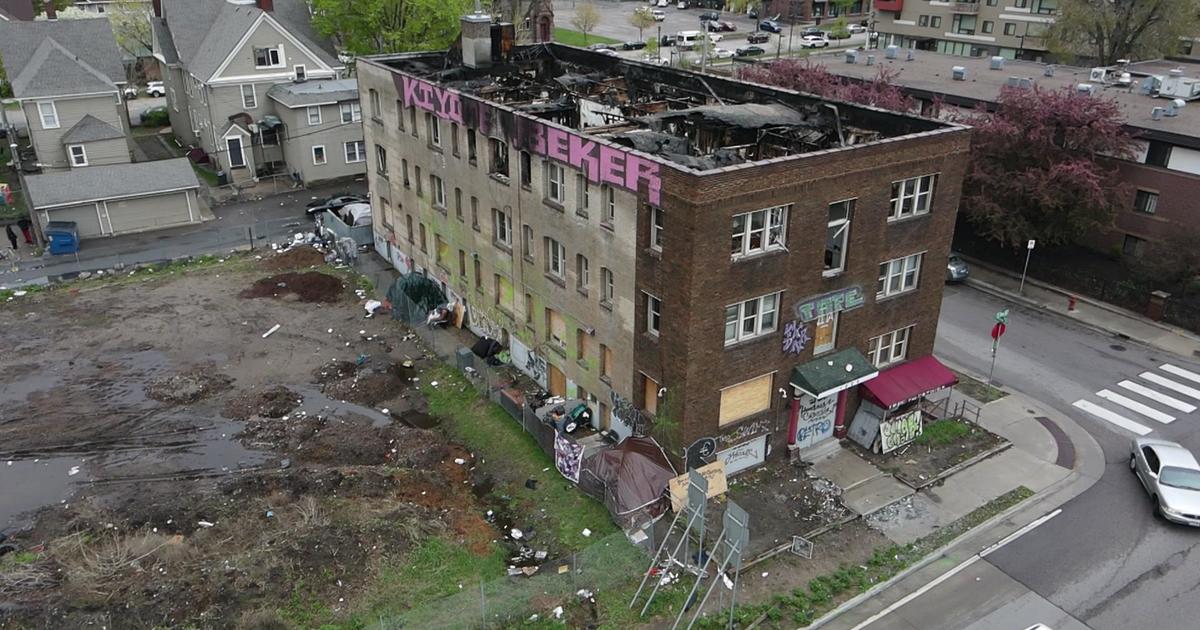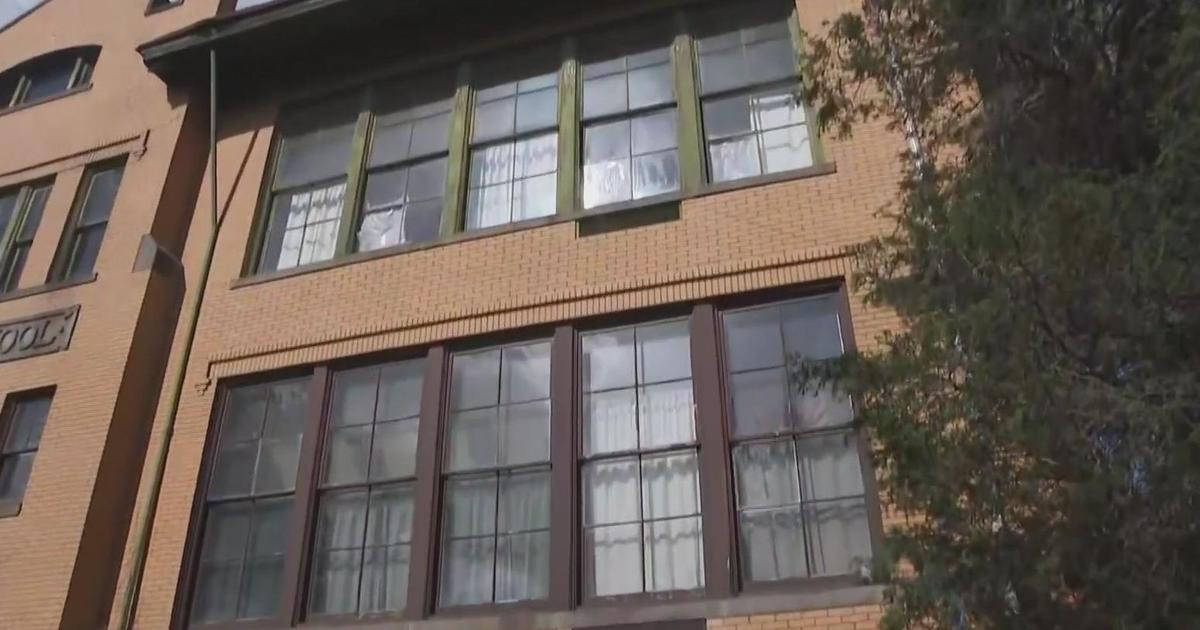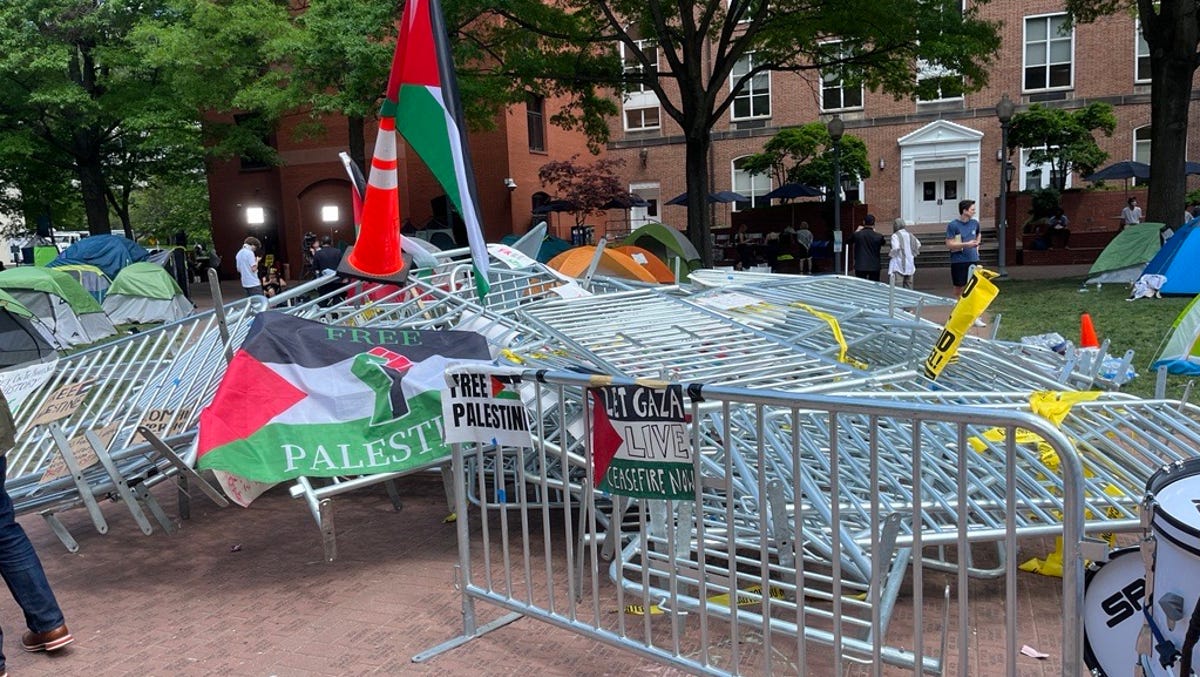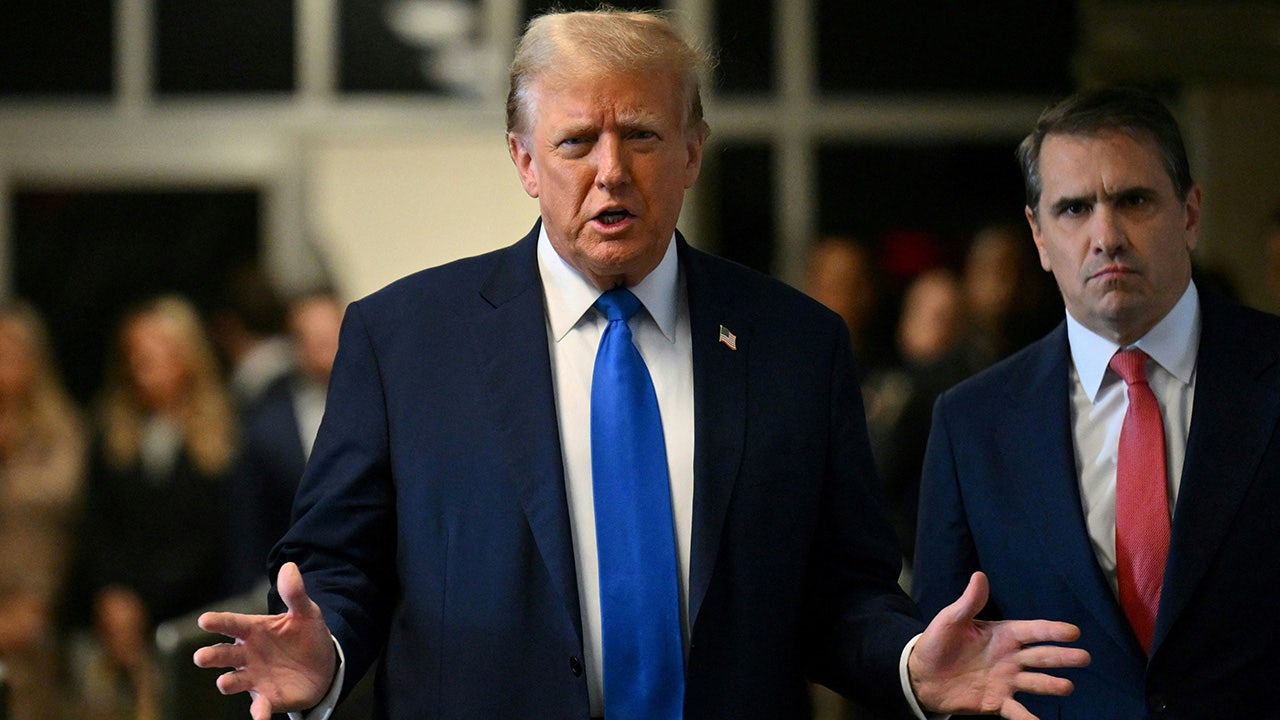Lifestyle
Mi madre, la extraña

Encontré a Soph en una aplicación. La conocí en un bar de vinos iluminado con bombillas rojas del West Village. Era exactamente como en las fotografías, pero más cálida, más brillante. Tímida y encantadora, con una carcajada que quise tragarme, me abrazó cuando me le acerqué.
Ya sabía que era australiana. Por mensajes de texto, le hice jurar que me explicara en persona cómo había acabado aquí. Eran esos días grises entre Navidad y Año Nuevo, el único momento en que Nueva York es como la sensación de encontrar una habitación tranquila y sin cerrojo en medio de una fiesta.
Coincidía con mi estado de ánimo. Semanas antes, había pasado por una ruptura que me alteraba porque no me alteraba. Decidí que el desamor a los 23 años debía sentirse como una gran matanza medieval. Como si te cortaran a la mitad.
En el bar de vinos, Soph me contó cómo su padre conoció a su madre, nacida y criada en Nueva York, cuando vino de Sídney a visitar la ciudad hace décadas. Soph había venido a pasar unos meses con su familia materna durante las vacaciones de verano de la escuela de veterinaria. Esperaba mudarse a la ciudad en otoño para por fin darle buen uso a su doble nacionalidad.
“¿Y tu mamá vive ahora en Sídney?”, le pregunté.
“Más bien, vivía”, respondió Soph. “La perdimos hace unos años, en realidad”.
Estuve a punto de pedirle que repitiera lo que había dicho; quería diseccionar sus palabras. No podía creer que con tan poco esfuerzo hubiera conseguido un tono que yo había buscado durante los últimos tres años.
De hecho, estaba tan aturdida que le conté algo que suelo guardar para la sexta cita, la novena o nunca: yo también había perdido a mi madre. De cierto modo. Estábamos distanciadas.
No tenía problemas con estar distanciada de mi madre y no tenía problemas con hacer que los demás se sintieran cómodos con nuestro distanciamiento, pero era pésima para hablar de ello. Mi madre era alcohólica y no del tipo encubierto. Robaba, mentía y engañaba. Solo me hablaba con crueldad, hasta que, con el tiempo, después de la separación de mis padres hace varios años, me desconecté de ella por completo.
Vivía la vida adulta que vivía —con un trabajo que me encantaba, amigos que me querían y pasatiempos, intereses y cosas que mi madre acabó por perder— no a pesar de nuestro distanciamiento, sino a causa de él. Sentía una obligación de ser una especie de símbolo del distanciamiento. Una encarnación viva y palpitante de: “Mira, la vida sigue”.
Fui a terapia de grupo y a terapia individual. Organizaba un legendario Día de Acción de Gracias entre amigos, en el que los invitados debían traer un platillo que su madre hubiera preparado. Bromeaba sobre los problemas de mamitis, con ironía y sinceramente.
Sin embargo, nunca dejaba de ser duro. En teoría, no le debía explicaciones a nadie, pero en la práctica sí.
A menudo me declaraba gay, pero siempre me declaraba como alguien sin madre. Nunca sentí que tenía el modo adecuado de expresarlo. Ella era una persona enferma, pero durante los primeros 18 años de mi vida había sido una persona hermosa, exitosa y brillante. Me quería con locura. Y luego, en cuestión de años, cayó en picada en una cueva oscura donde ninguno de nosotros pudo acompañarla.
¿Cómo se suponía que confiara en alguien después de semejante traición? No tenía una respuesta. Cada día entendía menos la adicción.
“No es lo mismo”, le dije a Soph aquella primera tarde. Su madre había muerto de cáncer. “Quiero decir que yo tampoco tengo mamá. No tengo a mi mamá”.
“Por supuesto que es lo mismo”, respondió Soph.
Y, como todo lo que me dijo, le creí.
Al día siguiente organicé una cena previa a la cena de Año Nuevo. Comimos ensalada César, papas fritas, sopa de puerros y bebimos vino con etiquetas de papel pintorescas. Les conté a todos que el día anterior había conocido a alguien radiante.
En nuestra segunda cita, caminamos 30 cuadras a lo largo del parque hasta mi apartamento. Cerca de Strawberry Fields, me dijo que un pájaro herido tiene posibilidades de luchar si conserva la fuerza de agarre. Me tendió el dedo, como una garra enganchada, para demostrármelo.
Se iba a ir en marzo, así que los meses siguientes rompí todas mis reglas. Soph podía verme dos veces en una semana, luego tres veces, luego cuatro. Soph podía conocer a mis amigos. Soph podía venir al martes de trivias. Podíamos vernos de forma exclusiva, pero solo hasta que se fuera.
Mientras conocía a Soph, también conocí a su madre. Aquí estaba el bar favorito de su madre, su bistró francés preferido, el vecindario de su infancia. Soph no solo conocía Nueva York al menos tan bien como yo, sino que lo hacía a través de los ojos de su madre. Envidiaba la manera en que metía a su madre casualmente en las conversaciones cotidianas, para incluirla y honrarla sin esfuerzo.
“Es distinto”, le dije. “Tu mamá estaba enferma”.
“Pero tu mamá también está enferma”, me contestó.
Me pregunté cómo sería honrar a mi madre del mismo modo: honrarla con el tipo de absolución que solemos reservar para los muertos. Llorar no por la persona en la que se había convertido, sino por la que había sido… y no preocuparme de si merecía esa clemencia.
Así que hice eso precisamente: intenté volver a aprender a hablar de mi madre. Como decir que era una chef profesional de oficio que había servido a gente poderosa en ciudades de todo el país, incluida Nueva York. Que al mismo tiempo había sido el tipo de madre que pagaba sus impuestos, blanqueaba su brócoli con buena sal kosher, enviaba mensajes de texto bitmojis que decían “¡Estoy tan orgullosa de ti!”.
Empecé a señalar cosas que me recordaban a ella. Zuecos de trabajo con vestidos. Joan Osborne y Joni Mitchell. Cualquier fachada que hubiera sido un Dean & Deluca. Me hubiera gustado saber aún más: como por ejemplo, dónde, hace tantos años, nuestras madres pudieron haberse cruzado en la calle.
En contraste, fue entonces cuando, en Arizona, mi madre ingresó en el hospital por una enfermedad hepática en fase avanzada. Primero, los médicos supusieron que tendría dos o tres años. El pronóstico se convirtió en un mes. Reservé un vuelo para dentro de una semana. Y, por último, cuando tomé el metro hasta Queens para conocer a la abuela de Soph, ya eran días.
Mi relación con mi madre era una película que había puesto en pausa para salir de la habitación, tan solo para volver y encontrarme con los créditos.
“Si tienes algo que decir, ahora sería el momento de venir a casa”, me dijo mi padre cuando me bajé en la siguiente parada que pude, que resultó estar en el Citi Field. Cuando Soph se reunió conmigo en el estacionamiento, le pedí, con todas las letras y sin el discurso preparado que esperaba darle, que fuera mi novia.
Al día siguiente, volé a Tucson. Cuando mi avión aterrizó, después de dos escalas, mi madre estaba inconsciente. No he decidido si esta fue su versión de clemencia. Todavía no sé qué le habría dicho, aparte de “Te quiero”, “Te perdono” y “¿Por qué no sé cuál es tu cafetería favorita del centro? ¿Por qué nunca lo sabré?”.
No me queda otra que creer que esto fue suficiente.
Como con el amor, no hay mucho que decir sobre la muerte que no se haya dicho antes. A menudo se trata de esperar mucho. Me reuní con mis tíos y hermanos mientras mi madre yacía en cuidados paliativos. Hablamos sobre si nos gustaba más la berenjena con curry que habíamos pedido que el pollo. Jugamos juegos de mesa y escuchamos la respiración de mi madre, en silencio para oír su lentitud. A final de cuentas, nosotros también la perdimos.
Últimamente, cuando me preguntan cómo estoy (en ese particular tono mustio que usamos para las cosas terribles), me valgo de los lugares comunes del dolor como si fueran jeans viejos. Digo que estoy bien… y que también estoy cortada a la mitad. Soy Caperucita Roja perdida en el bosque.
Sin embargo, en mis mejores momentos, estoy aprendiendo a utilizar estas preguntas para continuar el trabajo que empecé, es decir: las uso para hablar de mi madre. Intento hablar en pasado. Era hermosa, exitosa y radiante. Se tomaba el chardonnay con hielo.
Al final de cada día, al teléfono con mi novia que está a 14 horas en el futuro, le hago preguntas.
“¿Sabías que…?”, pregunto con urgencia, sobre el olor de la muerte, sobre viejos mensajes de voz, sobre todos los asuntos del dolor.
“Sí, lo sé”, responde siempre.
Dice que le gusta la idea de que alguien solo muere el último día que alguien dice su nombre. Es el lugar común que más me gusta.
Me promete que tenemos una eternidad para dominar el tema. Creo que debemos intentarlo siempre.
Caitlin McCormick es una escritora que vive en Nueva York.

Lifestyle
Ryan Gosling is 'The Fall Guy' in this cheerfully nonsensical stuntman thriller

Ryan Gosling is Colt Seavers in The Fall Guy.
Universal Pictures
hide caption
toggle caption
Universal Pictures

Ryan Gosling is Colt Seavers in The Fall Guy.
Universal Pictures
From the 1933 action film Lucky Devils to the 1980 comedy-thriller The Stunt Man to Quentin Tarantino’s Once Upon a Time … in Hollywood, filmmakers have long delighted in turning the camera on stunt performers, those professional daredevils who risk life and limb to make action scenes look convincing.
It’s a hard, often thankless job, which is why for years people have lobbied the motion picture academy to present an Oscar for stunt work. And of course, it’s a dangerous job: Just last month, while shooting the Eddie Murphy movie The Pickup, several crew members were injured during a stunt involving two rolling cars.
There’s a lot of vehicular mayhem in the noisily diverting new action-comedy The Fall Guy, a feature-length reboot of the ’80s TV series. Ryan Gosling stars as a highly skilled stunt performer named Colt Seavers, who, despite his cynical film-noir-style voiceover, genuinely loves his job.
Colt loves movies and moviemaking, loves hurling himself off balconies and strapping himself into soon-to-be-totaled automobiles. Most of all, he loves Jody Moreno, an up-and-coming assistant director played by Emily Blunt, and she loves him right back.

Ryan Gosling and Emily Blunt star in The Fall Guy.
Universal Pictures
hide caption
toggle caption
Universal Pictures

Ryan Gosling and Emily Blunt star in The Fall Guy.
Universal Pictures
Colt works mainly as a stunt double for Tom Ryder, a world-famous movie star played by a preening Aaron Taylor-Johnson. But when Colt suffers a life-threatening injury on the set, he quits the biz in despair and ghosts Jody for more than a year while he recovers. But then he learns that Jody is directing a big-budget sci-fi movie in Sydney and wants him to be Tom’s stunt double again. Upon arriving Down Under, however, Colt finds out that Jody did not ask for him and has no idea why he’s here.
The reason for Colt’s appearance on the set is one mystery in a cheerfully nonsensical thriller plot devised by the screenwriter Drew Pearce. There’s also a body in a bathtub, an incriminating cell phone and several amusing side characters, including a busybody producer played by Hannah Waddingham of Ted Lasso fame.

Another key player is Colt’s best friend and stunt coordinator, Dan, played by the always excellent Winston Duke. In one endearing running gag, Colt and Dan keep quoting dialogue from classic films like The Last of the Mohicans, The Fugitive and The Lord of the Rings trilogy, all of which The Fall Guy giddily tries to outdo in its sheer volume of death-defying mayhem.
Before long, Colt isn’t just performing stunts. He’s forced to put his well-honed survival skills to good use off the set, whether he’s beating up thugs in a nightclub, punching villains in a helicopter or getting tossed around in the back of a speeding garbage truck. That’s one of several set-pieces that the director David Leitch opted to shoot using practical techniques, rather than CGI — a decision that gives this stunt-centric movie an undeniable integrity.

The Fall Guy is undoubtedly a passion project for Leitch, who once worked as a stunt double for actors including Brad Pitt and Jean-Claude Van Damme. (He nods to this by giving Colt a handy canine companion named Jean-Claude.) Leitch can direct action beautifully, as he did in the Charlize Theron smash-’em-up Atomic Blonde. But he can also go too flamboyantly over-the-top, as in sloppier recent efforts like Bullet Train and Hobbs & Shaw. The Fall Guy is better than those two, but it would have been better still with cleaner action, tighter editing and a running time south of two hours.

Blunt is such a good comedian and action star that it’s a shame she doesn’t get more to do in either department; Jody may be in the director’s chair, but as a character, she’s mainly a second banana. The Fall Guy is Gosling’s picture. Unlike the brooding, taciturn stuntmen the actor played in Drive and The Place Beyond the Pines, Colt is a wonderfully expressive goofball. There’s a moment here, after a fiery boat chase around Sydney Harbour, when Colt emerges triumphant from the water, clothes dripping and muscles bulging, while a euphoric cover of Kiss’ “I Was Made for Lovin’ You” surges for the umpteenth time on the soundtrack. It’s ridiculous and gloriously overwrought — and like the best-executed stunts, it comes perilously close to movie magic.
Lifestyle
Britney Spears Addresses Hotel Incident with Boyfriend, Moving to Boston

Britney Spears just addressed the hotel incident that required paramedics to rush to the scene — and she’s out here claiming “fake news” … while also vowing to head to Beantown.
The pop star hopped on IG Thursday with a telling caption, which seems to touch on exactly what happened Wednesday night — namely, first responders arriving at the Chateau Marmont after Britney and her boyfriend, Paul Soliz, got a big fight that spun out of control.
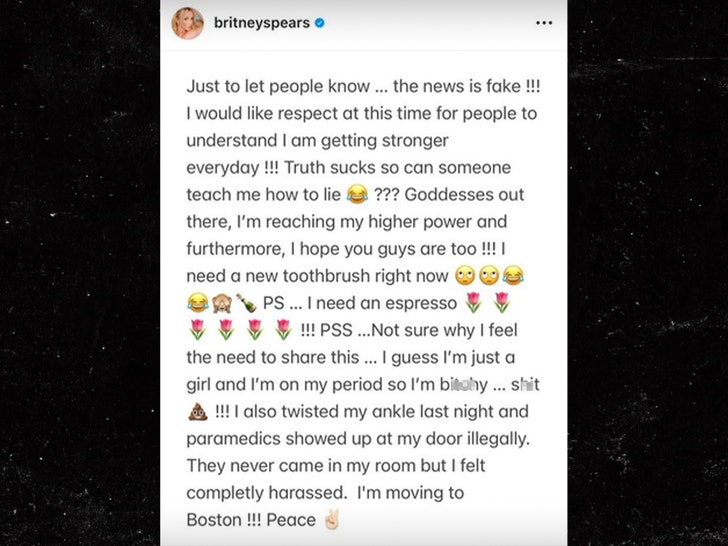
She writes, “Just to let people know … the news is fake !!! I would like respect at this time for people to understand I am getting stronger everyday !!!”
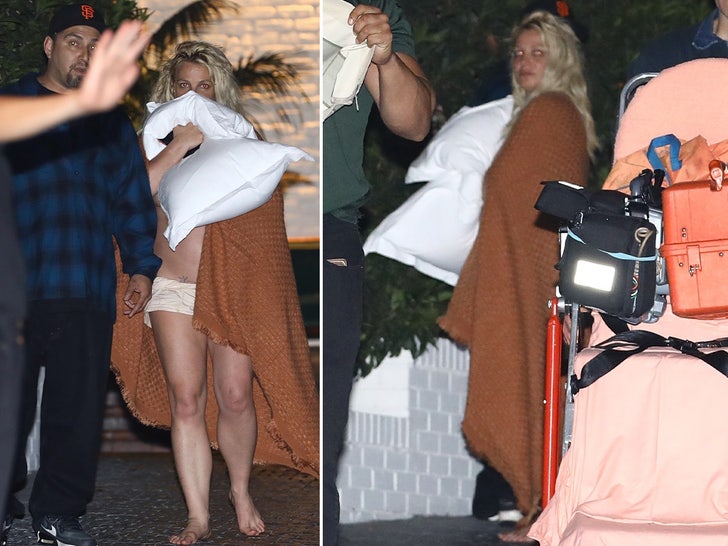
Britney goes on to say this … “Truth sucks so can someone teach me how to lie ???” She continues by explaining what sort of injuries she sustained in the argument — saying she twisted her ankle, and claiming paramedics showed up at her hotel door “illegally.”
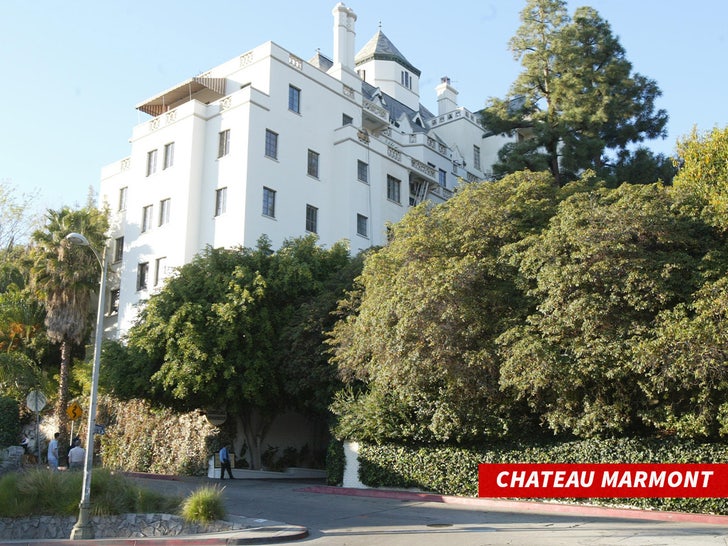
She adds, “They never came in my room but I felt completely harassed. I’m moving to Boston!!!”
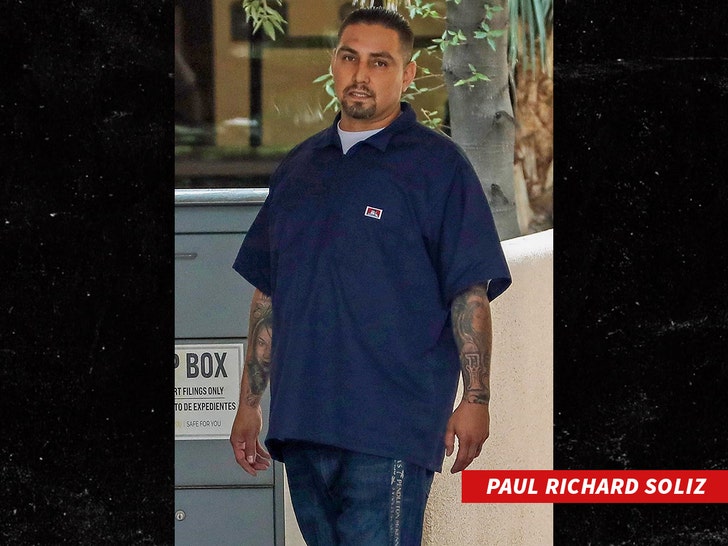
Of course, based on our reporting … we know this isn’t how things went down. As we told you — someone called cops to report a woman matching Britney’s description causing a ruckus at the hotel, allegedly bothering employees and guests.
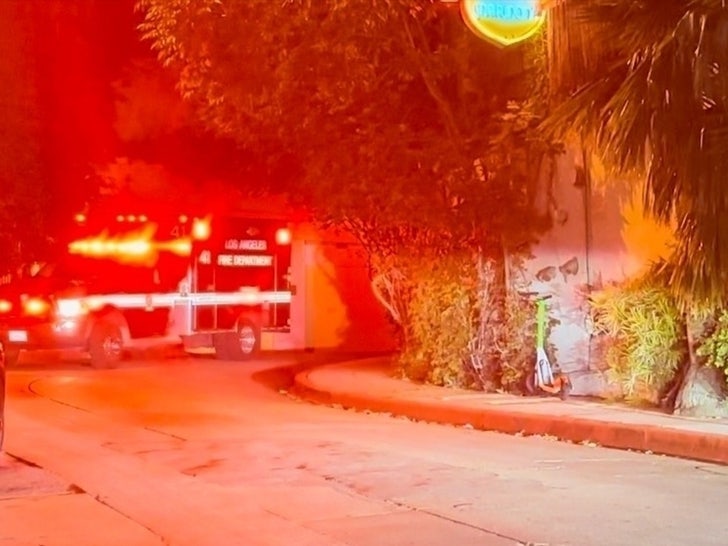
After cops showed up and didn’t see anything was amiss — we’re told Britney and Paul hit their room, kept partying and eventually got into a scuffle … which ended with her getting injured. Paramedics were eventually called, but Britney wasn’t stretchered out.
Instead, she walked out of the building on her own two feet — but was looking rough. We’re told she didn’t leave with Paul, nor did she take an ambulance ride. She left with security.

Now, Britney is trying to downplay the whole thing — but it was ugly, no question. Of course, the larger backdrop is the fact we’ve been told she’s completely dysfunctional right now.
Lifestyle
Elisabeth Moss embraces her best role yet as a secret agent in 'The Veil'

Elisabeth Moss plays British spy Imogen Salter in The Veil.
Christine Tamalet/FX
hide caption
toggle caption
Christine Tamalet/FX

Elisabeth Moss plays British spy Imogen Salter in The Veil.
Christine Tamalet/FX
The new FX on Hulu series The Veil is a spy show about several different spy agencies – from the United States, England and France – all after the same goal. They want to discover the details of a suspected new Sept. 11-type terrorist plot, reportedly emanating from the Middle East, and stop it before it happens.
Sometimes these organizations work together – sometimes they work against one another. But throughout, the agent who is most crucial to cracking the case is a British superspy temporarily going under the name of Imogen. She’s played by Elisabeth Moss, of Mad Men and The Handmaid’s Tale, and by the end of the six episodes of The Veil, I was convinced that this is Moss’ best role, and best performance, yet. She’s amazing.
As a secret agent, Imogen has plenty of secrets of her own, which unfold slowly as the miniseries progresses. She’s a damaged soul with a haunted past – which, for her latest mission, turns out to be a valuable asset. She’s been charged to locate and befriend a woman who recently surfaced in a refugee camp on the Syrian and Turkish border.

The woman, going by the name Adilah (Yumna Marwan), claims to be of Algerian descent, and from France — but several spy agencies suspect her of being the elusive mastermind behind the rumored imminent terrorist plot. Imogen’s mission is to locate Adilah, who is held under guard at the camp after being attacked and stabbed by other refugees. Imogen offers to help Adilah escape, while getting close enough to try to ascertain her true identity, motives and target.

Elisabeth Moss and Yumna Marwan are more alike than either initially suspect in The Veil.
Christine Tamalet/FX
hide caption
toggle caption
Christine Tamalet/FX

Elisabeth Moss and Yumna Marwan are more alike than either initially suspect in The Veil.
Christine Tamalet/FX
The terrorist Imogen is hunting is known as Djinn al Raqqa – in folklore, a shape-shifting genie who can assume any form. Is Adilah actually Djinn al Raqqa hiding in plain sight? Or is she as innocent as she claims? Imogen, a shapeshifter of sorts herself, uses all her spycraft skills to earn Adilah’s trust, by helping her in her quest to cross borders and return to Paris, where her young daughter awaits.
Their journey is fascinating, with each probing to learn the other’s secrets while protecting her own. It’s a bit like Homeland where you, the viewer, are unsure of each character’s true motives. And as the two women go off the grid and spend time with each other, avoiding all the authorities trying to locate them, their relationship keeps deepening.
In that way, The Veil is a bit like Thelma & Louise. Except, sometimes, it’s more like Thelma v. Louise. Both characters are delightfully unpredictable. In one scene, Imogen takes Adilah to a smuggler they hope will give them new passports and identities to get to Paris. Imogen’s plan is to have them pose as singers and belly dancers. But their proposed cover is at risk when the smuggler decides to test them a little by demanding that Adilah display her skills — which she does, leaving both Imogen and the smuggler suitably impressed.
These two actors are incredibly nuanced and well-matched in these roles – captivating as adversaries, and even more so if and when they decide to become allies. The writer and creator of The Veil, Steven Knight from Peaky Blinders and All the Light We Cannot See, explores their relationship brilliantly. But he also keeps escalating the terrorist plot, and following the many agents and agencies trying to crack it. One special standout here is Josh Charles, from The Good Wife and Sports Night, who is cast as an aggressive CIA agent on French soil – an ugly American in Paris. He plays his part perfectly.
Even so, The Veil, at its core, is the story of two shape-shifting survivors who are more alike than either of them suspected – and whose realization of that fact may, or may not, stop a horrifying terrorist attack. It’s quite a voyage – and quite a drama.
-

 News1 week ago
News1 week agoLarry Webb’s deathbed confession solves 2000 cold case murder of Susan and Natasha Carter, 10, whose remains were found hours after he died
-

 Education1 week ago
Education1 week agoVideo: Dozens of Yale Students Arrested as Campus Protests Spread
-

 World1 week ago
World1 week agoHaiti Prime Minister Ariel Henry resigns, transitional council takes power
-

 News1 week ago
News1 week agoFirst cargo ship passes through new channel since Baltimore bridge collapse
-

 World1 week ago
World1 week agoUS secretly sent long-range ATACMS weapons to Ukraine
-

 World1 week ago
World1 week agoSpanish PM Pedro Sanchez suspends public duties to 'reflect'
-

 News1 week ago
News1 week agoAmerican Airlines passenger alleges discrimination over use of first-class restroom
-

 World1 week ago
World1 week agoAsia bears biggest climate-change brunt amid extreme weather: WMO
